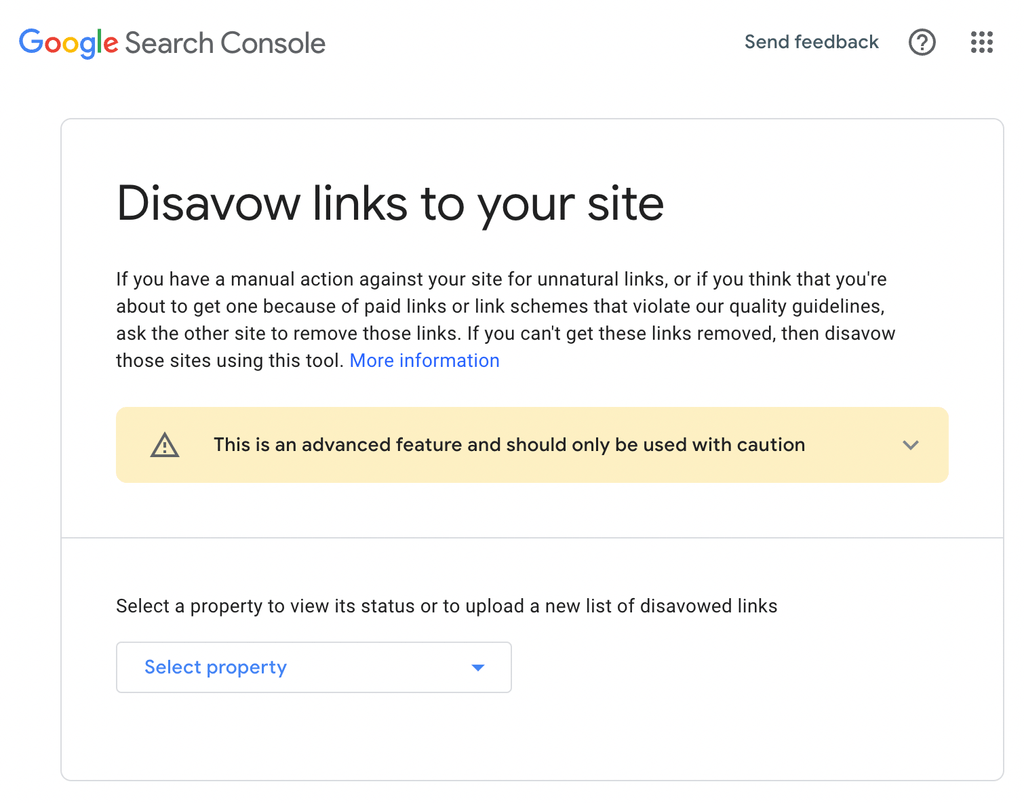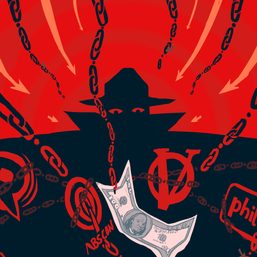SUMMARY
This is AI generated summarization, which may have errors. For context, always refer to the full article.

MANILA, Philippines – When online, you’ve probably encountered text or images on web pages which allow you to navigate to other web pages. They’re called hyperlinks.
Hyperlinks tell the user, or other web applications, that more information or data about the subject matter can be found on the other page or online address. The more useful information a page has about a particular subject matter, the more chances it gets to be read and receive more links.
Among digital marketing professionals who practice search engine optimization (SEO), these are called backlinks. And they are worth their weight in gold.
Search engine giants like Google have been known to use these backlinks as one of the signals to gauge the importance of a page in relation to a subject matter. Websites and pages that get a lot of backlinks are placed higher in search engine results pages.
News websites, particularly those that regularly produce updated unique, credible and informative content, rank well in search results because they get a lot of backlinks.
Gaming the system via artificial link building
In contrast, other commercial or marketing websites which do not regularly produce original content on a daily basis have a harder time getting these backlinks.
So how do marketers get around this?
They reach out to high-authority sites in hopes of getting them to link back. Rappler, for example, because it ranks well in results pages, has been receiving many of these requests for years.
In time, wily SEO practitioners have taken to gaming the search algorithms to make websites they are promoting more visible in search results pages. A usual practice was to set up numerous sites to artificially build these backlinks.
This isn’t hard to do.
The World Wide Web abounds with services promising to automate this process of building links to your site. A quick search on Google will lead you to services that even automate the process of building websites. These websites can also be easily populated by tools that take content from other websites and “spin” them to make them seem different from the source site.
The industry now refers to these unethical, manipulative techniques as black hat SEO. And Google, whose avowed mission is “to organize the world’s information and make it universally accessible and useful,” has been at war with these black hat operators for years.
For these black hat SEO practitioners, it does not matter if the websites built have poor quality to very little content. What matters are the backlinks.
The search optimization industry refers to backlinks built through these link building schemes as toxic backlinks. Due to the prevalence of these toxic websites on the web, Google released a series of algorithm updates beginning 2012 that aimed to discourage or minimize the practice in their search results pages.
Attack tool
Beyond using it to promote sites and pages, this technique has also been used as an attack tool against competition.
Stacy (not her real name), a digital marketing practitioner who used to work for an Australian SEO company, spoke to Rappler about one case in late 2021 where this technique has been used to target competition.
The marketer recalls finding a sudden dip in search results traffic to the website of the product of their client, a local retailer. To identify the cause of the drop, Stacy said they inspected various indicators. For instance, did the articles with backlinks still exist? Were the stories that had these links removed or were the hyperlinks broken?
This process led them to one indicator: a huge jump in backlinks from toxic domains.
“We completely believed it was their competitor paying their online marketers to improve their own ranking,” Stacy said. “It was a competitive industry and they were too targeted to be random.”
At first, Google said it only devalues the low quality links accumulated by websites through these black hat link building schemes. That should have been the end of it, except that black hat operators found another way to still make themselves relevant: by using the same techniques to sabotage traffic going into the websites of the competitors of their clients.
Industry specialists refer to this as “negative SEO.” For years, Google has been denying that such techniques work. As late as March 2021, John Mueller, Web Trends Analyst at Google, argued that “negative SEO” is nothing but a meme.
Then in October 2021, following a new update to the Google search algorithm, Mueller admitted that in some cases, where there is a clear pattern of spammy and manipulative links by the site, their algorithm may decide to simply distrust the whole site.
Mueller was responding to a question about how “toxic backlinks” affect the visibility of a website in search results. This was his response to the question: “For the most part, when we can recognize that something is problematic or is a spammy link, we will try to ignore it. If our systems recognize that they cannot ignore these links to the website, if they see a very strong pattern there, it can happen that our algorithms say well, we really have lost trust in this website.”
Mueller conceded that Google tends to be conservative in its approach to this problem. “The Web is very messy and Google ignores the links out there.” He said that this drop usually happens “when there is a clear pattern.”
Fighting toxic links, going after black hat operators
What do website owners need to do when they are targeted by toxic linkbacks?
One way is to disavow these bad links, according to Google and SEO practitioners.

Unfortunately, not every website owner will have the staffing or the tools necessary to detect, much less fight spammers on a regular basis.
The hard part here is sifting through the mess of backlinks and identifying which links are desirable and which ones are not – which can be a tedious process. It’s a tricky business and Google itself advises website managers to use the disavow tool with caution.
Beyond identifying toxic links, holding those responsible for the sabotage can be even harder. As in the rest of digital space, bad actors can lurk behind anonymous accounts and proxies.
“We didn’t find out if the competitor actively requested this attack,” Stacy said.
It is also likely, she added, that the competitor did not actively request for the attack. “It could have just been ‘part of the service’ to improve SEO for the competitor, without explaining the black hat tactics to the client.”
Buyer and reader, beware. – Rappler.com
Add a comment
How does this make you feel?
![[DECODED] The Philippines and Brazil have a lot in common. Online toxicity is one.](https://www.rappler.com/tachyon/2024/07/misogyny-tech-carousel-revised-decoded-july-2024.jpg?resize=257%2C257&crop_strategy=attention)



![[Rappler’s Best] US does propaganda? Of course.](https://www.rappler.com/tachyon/2024/06/US-does-propaganda-Of-course-june-17-2024.jpg?resize=257%2C257&crop=236px%2C0px%2C720px%2C720px)





![[ANALYSIS] Cognitive warfare: The tip of China’s gray zone spear](https://www.rappler.com/tachyon/2024/05/cognitive-warfare-china-may-18-2024.jpg?resize=257%2C257&crop=472px%2C0px%2C1080px%2C1080px)



There are no comments yet. Add your comment to start the conversation.